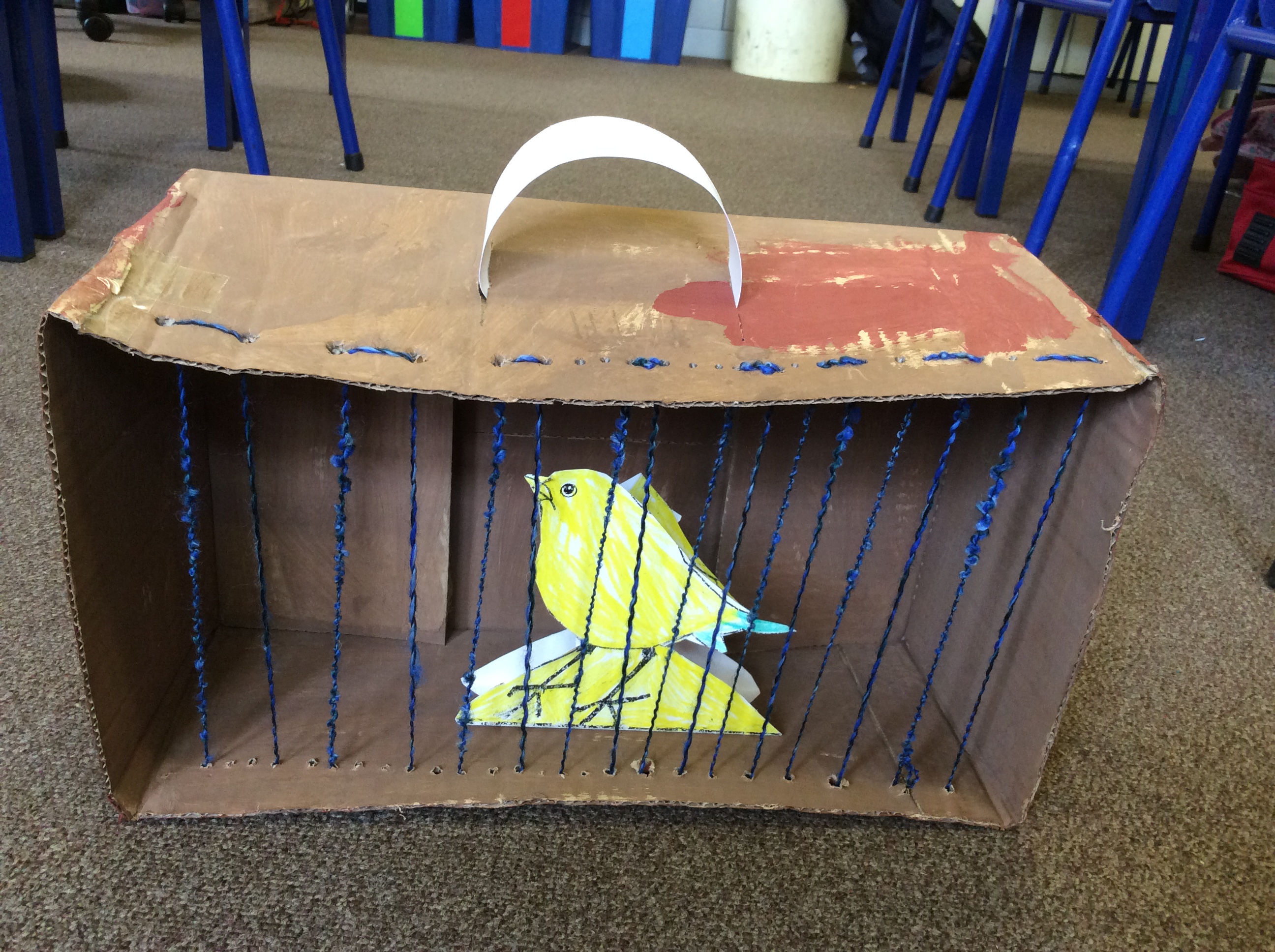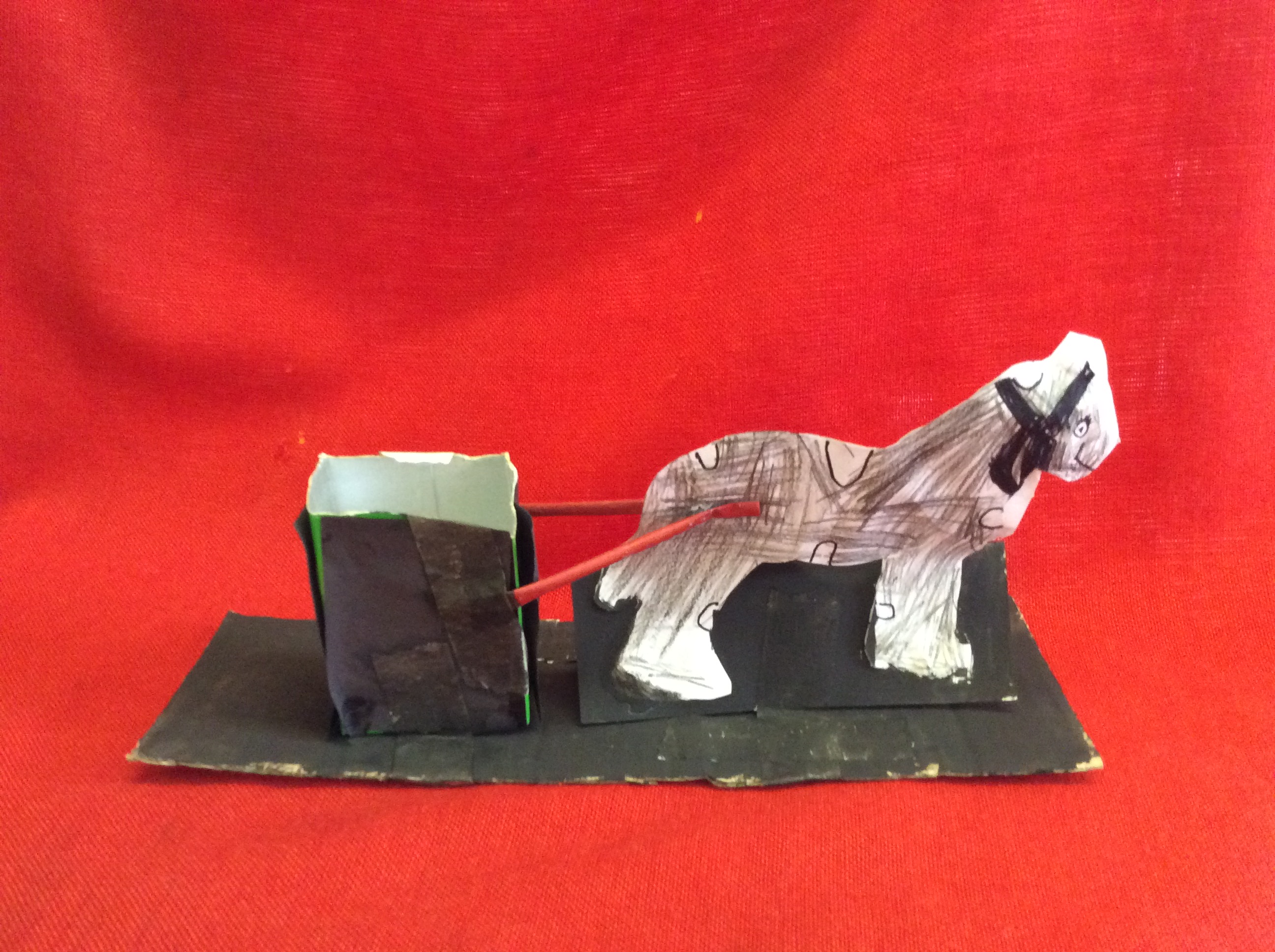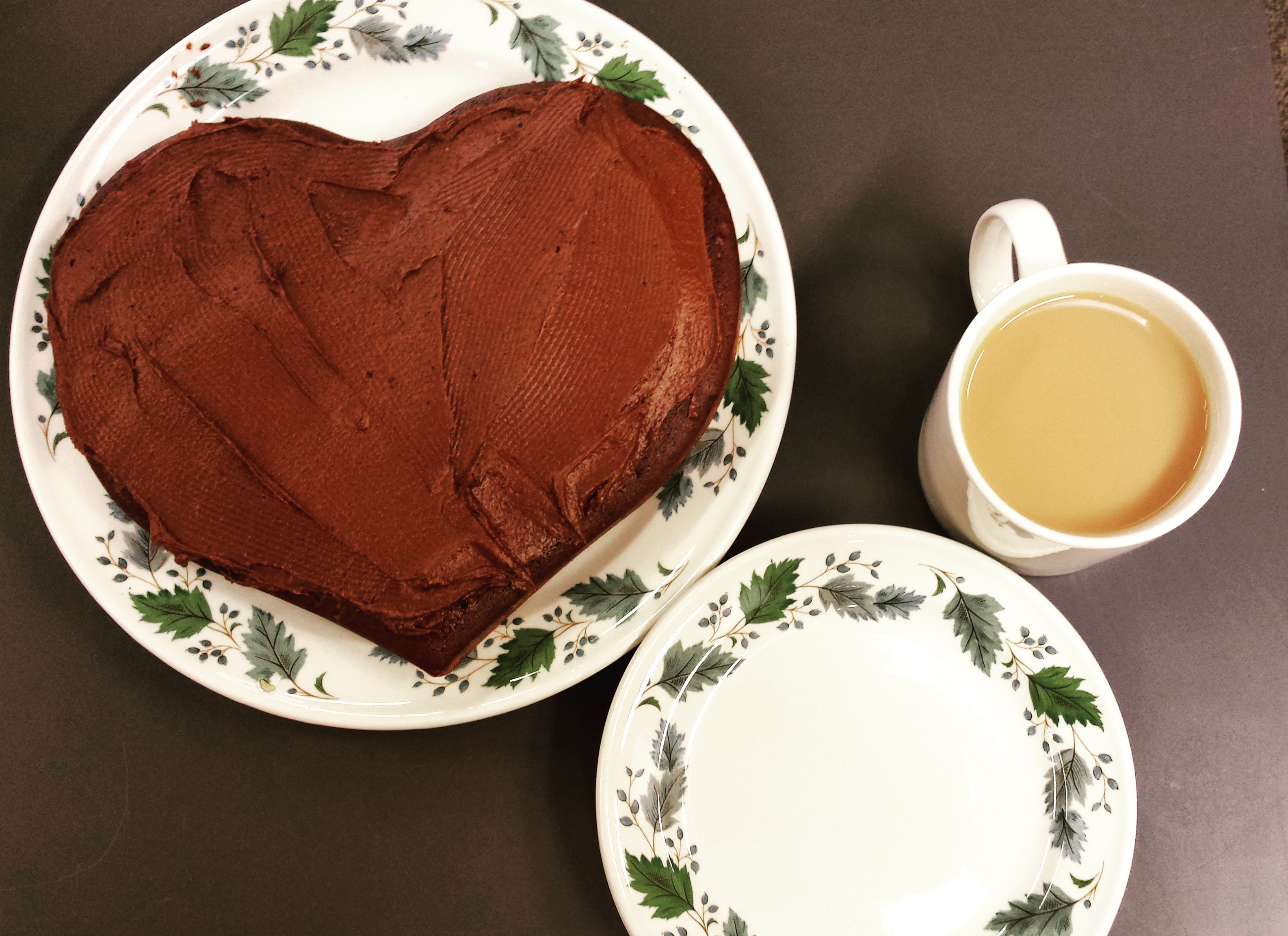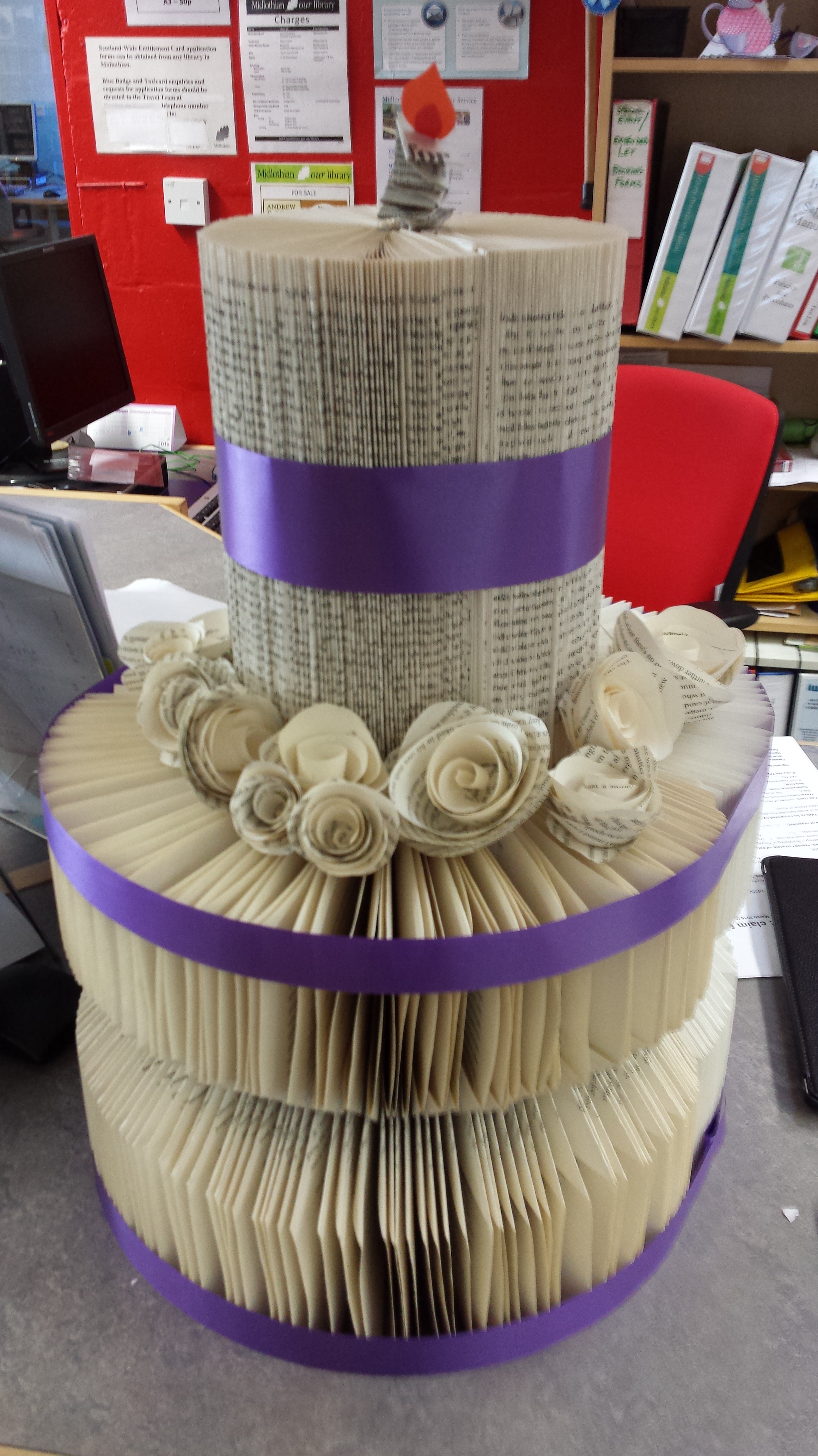
Tiny Wonders is on CBeebies just now. It started during the Christmas holidays and it continues every day on the CBeebies channel until February. If you don’t get a chance to watch it live, you can catch up on BBC Iplayer here.
I’m super excited about Tiny Wonders because it’s the first time I’ve written a whole series for CBeebies – all ten episodes. I was also part of the development team – I wrote the pilot script, developed the characters and developed multiple episode ideas.
And after the show was commissioned by CBeebies, I wrote the storylines and scripts for each episode too.
Tiny Wonders was created by New Zealand based animator Daniel Short. He came up with the amazing concept and was also the lead animator throughout the project. The series was produced by independent production company Freakworks. Myself and Dan worked with Freakworks and CBeebies during the development and production of the show.
So what’s Tiny Wonders about? Here’s how’s it is described on the CBeebies programme page:
Join the Nogglins, Fidd, Nono, Itty, Yapp-Yapp and Hum, on a voyage of discovery to explore the Tiny Wonders of the natural world. Slow down, look closer. What can you see?
And here’s the trailer:
In its first week, Tiny Wonders was the most watched show on CBeebies and the most popular children’s show on BBC Iplayer. I think it’s gorgeous but it was really good to hear how many children in the UK enjoyed watching it too.
Before I tell you about writing for Tiny Wonders, I want to share some of the wonderful art and crafts children and parents have been sharing.
Tiny Wonders Art:
Some gorgeous Fimo Nogglins from Angus and Anna:

Tiny Wonders Art from Angus:

A brilliant wooden noggin, made by Mahboob Raja for his four year old boy:

And a tray of play dough nogglins from Rhona, Sarah and Craig Lamont.

These are all so lovely!! Thanks for sharing them with me.
Writing Tiny Wonders:
Here’s a bit more about the development process, from my perspective as the screenwriter for the show.
Hired:
Daniel Short pitched the initial Tiny Wonders idea to CBeebies, along with a company who wanted to make it with him, Freakworks. CBeebies liked it so much they gave Freakworks some development money and that’s the point when they hired me. I was brought on board to develop the characters and episode ideas, and to write the first episode script.
They found me on a children’s media database I’d forgotten I was even on. And we happened, by wonderful chance, to all be based in Leith in Scotland. So I went to meet Chris Marks the producer and we clicked. I’d written episodes for CBeebies before (Nina and the Neurons) and I’ve worked in-house for BBC Scotland in development – storylining episodes and developing new science series for children’s television. Freakworks had made lots of shows, but nothing for 3 to 6 years so this was a good fit.
Coming up with lots of small and wonderful ideas:
We all contributed episode ideas, until the list grew to around 30 wonders-of-the-tiny-world. We needed natural objects that had something surprising or interesting about them. We wanted a mix of urban and rural locations. Objects had to look different (and not too obvious) when you were close up and exploring them as part of a macro world.
Two of my ideas that later became episodes were geode and litchen. I’d seen an amazing fence post that had a whole host of lichens growing on it – it was really stunning. And I’ve always been fascinated by geodes – that boring looking round rocks can contain a dazzling crystal world inside them.
I wrote short paragraphs pitches for every episode next. These were important because they showed CBeebies what was Tiny (and Wonderful) about each episode and they showed the potential for a story. Here is an example:
GEODE (natural)
Inside the rock egg there’s a secret place, it’s purple and sparkling…
Location: Bottom of cliff
Developing Characters

The characters, designed by Dan, were shaped in ways that corresponded to how they moved. Fidd is an ice hockey puck shape and slides quickly about. Hum is a floaty cloud shape and glides slowly. The characters started as 2D drawings that later became 3D shapes.
I was given illustrations of the characters, names and basic descriptions for how each character moved along with their main characteristic – chatty, bossy, fast and so on.
I used the enneagram as a framework to develop the characters further, giving them more personality and depth. The enneagram is a type of personality profile that was used in ancient communities to make sure there were different types of people within a community and to show how everyone learns from (and needs) each other.
Each enneagram personality type changes under stress or aspires to be someone different at their best – so it was a perfect way to determine how each character would respond to the challenges presented in the episodes. It helped determine how they relate to each other too. It’s also pretty hipster, the enneagram. Not that I’m a hipster. I just like it.
Here’s an example of one of the character profiles, after my development:
HUM
The reflective, thoughtful, sensitive one.
Hum is distracted, drifting, musical. She is sometimes a little sad. She is in her own world, observing and taking things in from a unique perspective. Hum keeps calm in a crisis.
Sample line: It’s all round and shiny, like a tiny moon!
Group role: Younger sister. Independent bystander. Notoces things the others don’t see.
Movement: Floats along slowly
Character type: Investigator / Observer. Investigators have a need for knowledge. They are introverted, curious, analytical, and insightful

Here are all the characters with their enneagram types:
- Fidd: Type 7, The Adventurer / Enthusiast (red)
- Yapyap: Type 3, The Achiever (orange)
- Itty: Type 8, The Challenger / Asserter (purple)
- Nono: Type 6, The Questioner / Loyalist (green)
- Hum: Type 5, The investigator / Observer (blue)
It took a lot of thought to match profiles to the already assigned characteristics I’d been given. I had to include:
- the way they moved
- their already defined age relationship
- name and a basic assigned characteristic (chatty, distracted etc)
And I needed to make sure all the characters were sufficiently different to each other.
At the time I was studying counselling one day a week at college so I’d explored the enneagram personality profiling in depth and I knew, for example what the child versions of profiles were too.
Every interaction I would write between the nogglins, every observation about their world, the way in which they respond to the jeopardy and solve a problem – they are all based on characterisation so it was really important that I knew who they were
I also wanted the series to represent neurodiversity and encourage child viewers to celebrate the differences within themselves and those around them.
For example, Hum is distracted and gets lost because of it in ‘Bark’. Distractedness in Inattentive ADHD is due to noticing (and thinking about) other things. It’s about noticing too much at once and being hypersensitive to things like sound and light. So HUM gets lost when distracted but is found by using music – humming sounds. In other episodes, I was careful to make Hum the character who spots things others don’t. For example in ‘Geod’, Hum is the one who finds the crack and follows it to reveal the crystals. The others haven’t noticed it. So in writing the episodes as I did, I show both the helpful and unhelpful sides of distractedness.
Yapyap is the chatty character. But in ‘Lichen’, Yapyap needs to quieten down during a game of camouflage hide and seek. Being talkative causes Yapyap to be spotted easily when the others hear them talking excitedly. But I was really conscious that we don’t suggest that Yapyap needs to learn to be a quiet Nogglin. Yapyap will grow up to be a chatty adult Nogglin and that’s okay, they just learn in that episode that sometimes, it’s a good idea to be quiet.

When I’d finished all the character descriptions and explained the enneagram to Julia Bond, (Executive Producer at CBeebies) she said “This is amazing, it stops them being just blobs, now they’re blobs with depth and this could be what makes this show stand out as different.” What a relief to have such a positive response after all that hard work. She really understood my ambition for the series.
The Noggins are voiced by real children and I wanted them to behave like authentic children too.
A lovely part of the Tiny Wonders concept was to include real children’s reactions to each of the wonders. So when I was writing scripts I’d write the sorts of things I knew children would say. For example “It looks like a tiny volcano” when describing the barnacle. Next to some of the lines of the script I added a star. These were lines that could be swapped out and replaced with real child reactions when they were recorded at a later date.
But most of the lines were too important to be changed. They were absolutely necessary to the viewer’s understanding of the story. So the child actors read all the lines in the script I’d written but they were also showed pictures of objects and they responded in real time with their own descriptions. Some of those lines were later chosen by the producer, Chris Marks, to be included in the final episodes.
For the development script ‘Dew drop’, I wrote a long list of questions for the children, to try to prompt reactions when looking at a dew drop image, these included:
- What does it remind you of?
- What do you think is sounds like?
- What does it look like?
- What do you think it wants?

All the time I was writing the script and developing the characters there were visual changes being added too, by the animation and production team. For example, glasses and monocles were added to the Nogglins to give them more character and to make them look similar to their craft, the bee sized Noggin.
I love the Noggin – Dan’s idea for the spacecraft. It has interchangeable appendages so it can hover or float or fly, depending on where it landed. A sort of cross between steam punk and nature. Nature Punk – if that’s a thing!

After weeks of hard work from everyone, the script, character descriptions, episode ideas and pilot animation were pitched to CBeebies and we got a yes!
This was super exciting news but I wasn’t allowed to tell anyone because it was all confidential. And then we had to wait 6 months before production began too. And it was more than a year after that before it came out on TV – that’s a very long time to keep a secret!
Creating Stories
Once we’d been commissioned and production began, my next challenge was to write each episode idea into a proper story. I collected information from all our meetings until I had a long list of all the things I needed to do as the writer. Here’s the list I came up with, to make sure I was doing what was expected. Every episode needed:
- Awe and wonder at the natural world – introduce beautiful and surprising things in nature
- An authentic child-based perspective and way of seeing the world (from the nogglins)
- A initial moment to slow down and notice things, narrator introduced
- A second moment of slowing down for the Nogglin of the day (who hadn’t previously slowed down much) to use mindfulness to solve a problem, without the narrator saying to do this
- Increased jeopardy in each episode
- At least one funny part in each episode
- A problem set up and resolved, featuring that episodes nogglin of the day
- A problem caused, in part by a characteristic of one of the nogglins (e.g. being fast, being distracted)
- A problem caused in part by the Tiny Wonder environment
- A life lesson learned from the solving of the problem – if it’s one that was learnt as a result of a characteristic (e.g. being stubborn) the lesson is universal to children (for example, it’s important to listen to your friends) rather than very specific to a perceived negative characteristic in a child (for example you need to be less stubborn / chatty / distracted).
- At least two different scripted macro shots plus the landing shot
- A section where the nogglin of the day is solo and uses mindfulness to discover something. But they have to discover this by talking to themselves (no narrator or other character dialogue) or by visually showing this somehow – and then they re-join the others and share what they’ve learned.
Every episode had to be under 3 minutes long and 1 minute of that was arriving and leaving the tiny world and there was always a section of live action too. So it was a massive challenge to get so much into so few words and construct a fully resolved story. All the noggins needed to participate in each episode, they all needed to respond in ways authentic to their character and the situation and there needed to be lines that could be swapped out for real child reactions. I wanted it to always sound like real children having real conversations.
Because it was a new show, things were still being worked out as I wrote the storylines and scripts. So for example I had to write some of the episodes without the actual Tiny Wonder image. I knew what it would be (for example a barnacle) but it hadn’t been taken yet.
Other episodes had to change because of the limits of animation, or in terms of movement of characters or the Tiny Wonder itself. So there were lots of changes.
We came up with initial story ideas during a writers room day, with myself, the producer Chris and later the animator Dan too – we really needed him to check our ideas were possible in terms of the animation.
I then wrote storylines for each episodes (a plan of what happens, it’s a bit like a book synopsis) and these were sent to various people for notes in including the producer, the lead animator and to the CBeebies exec. They all sent me notes.
I made changes to the episodes in response to the notes – but sometimes I came back to explain why something needed to be a certain way for the episode to work. Then they were sent back to CBeebies for the final sign off. Once a storyline had been signed off, it came back to me and I wrote the script – the lines of dialogue and lines of action for the episode.
The scripts went through a similar process of circulation and notes in response, and I rewrote them multiple times. Once we had a template script for one episode and rules for the Tiny Wonders world, it was much easier to write the next episodes but sometimes we’d need to change something in one episode that would affect all of the episodes.
We kept all the characters genderless. That was challenging from a writing perspective – to never use ‘he’ or ‘she’ in any dialogue, but always make all the dialogue sound like four year olds talking naturally to each other.
As changes happened I worked super hard to maintain the authenticity of each character – so if a change was needed visually, I’d make sure the character responded in a new way that was authentic to them. With so few lines, any small change – even to a single line – would change the whole script. I needed to make sure each character got an equal amount of lines and lines in keeping with their character. I also had to think about the lines for the narrator – if they’re speaking to the Noggins or to the viewer because this changes the ways things are said.
I have lots of experience working with four and five year olds, doing workshops and storytelling. I often show them a giant pinecone and without fail, every time I get it out, wherever I am, children react in the same way. The reaction is always a big amazed noise that turns into a collective wow. Here’s a photo of that moment in an outdoor classroom:

I included the collective ‘wow’ as an authentic shared expression in my scripts – a bit like a family having a catchphrase or in-joke.
At times I had lines suggested to me as quick fixes to solve a visual problem but more often then not, they didn’t work because they were explaining something from the viewers’ perspective, looking in or looking down on the tiny world. The Noggins are in the Tiny World looking outwards – they can’t see what what the viewers’ can. That was yet another thing to consider and I wanted to keep it consistant.
Writers need to take notes they are given on board and make requested changes. But I said when I believed something was really important and when I believed a suggested changed could damage the integrity of the show. Ultimately – there were lots of compromises but I am hugely proud of the end result.
Conclusion
Well that’s me shared a little bit about my role as a writer for Tiny Wonders. There were so many people involved that I haven’t mentioned. People at Freakworks who did things like taking beautiful photos of the tiny worlds, filming on location, animators, the voiceover actors (a big shout out to the children -they were so good) and so many more besides them. We’re all really proud of what we achieved together. If you haven’t seen it already, I really hope you enjoy it.




















